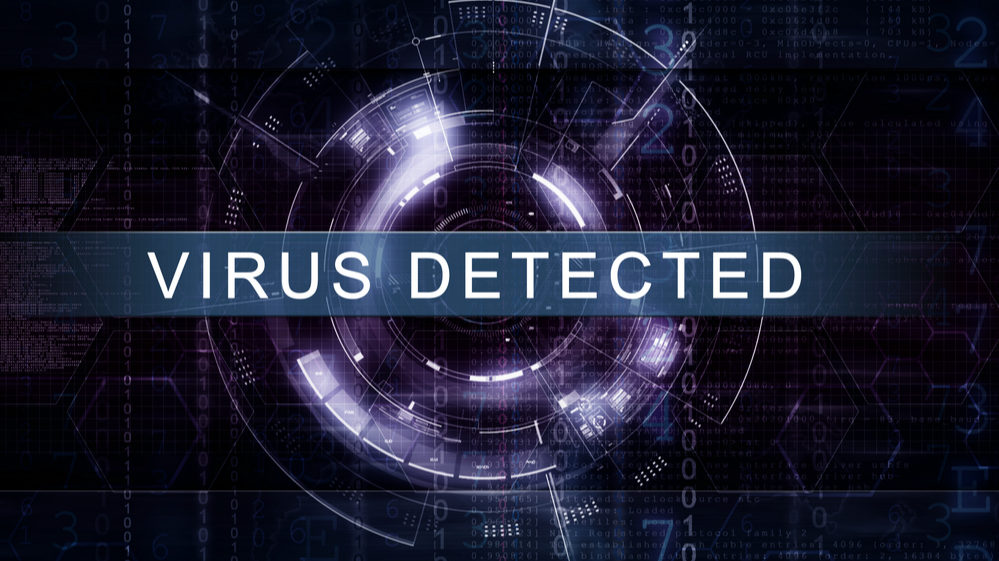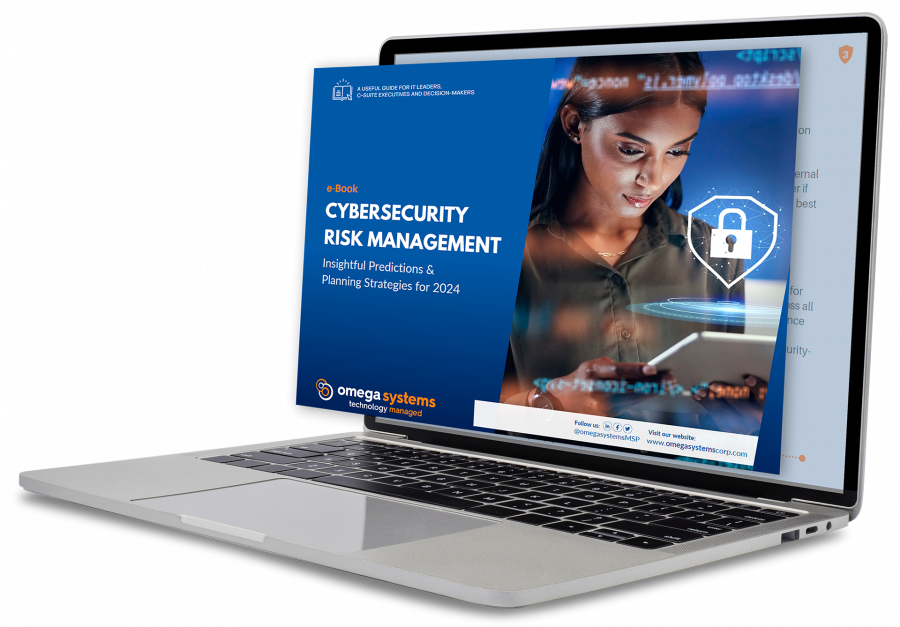
According to The Symantec Internet Security Threat Report, by 2020 there will be roughly 200 billion connected devices. That equates to more opportunities than ever for hackers. Additionally, 64% of Small and Medium-Sized Businesses (SMBs) have experienced web-based attacks and 62% experienced phishing attacks or social engineering. It’s extremely important to prepare your organization for cybersecurity threats and security issues.
Your organization's data is only one click away from a malware infiltration. Some schemes have gotten so complex, scammers can have ongoing access to your data and network for months. Without you even noticing. It’s important to stay prepared for negative security events even if you don't think you’ll fall victim to one.

Small to Medium Sized Businesses (SMBs)
Many SMBs don't feel that they're a serious target because they're small. They think the payoff won't be as significant as one from a larger organization. Arguably, they're at a greater risk. This is because a data breach could put an SMB out of business if they're small enough.
60% of SMBs that fall victim to cyberattacks go out of business within six months. With Threat Detection and Response solutions there's no reason to allow your business to fall apart. Particularly because you didn't have the right protections in place.
On top of phishing schemes and human error there are new threats emerging that your network isn't designed to safeguard. An example is, file-less malware. File-less malware, exploits applications, software, or programs that an end-user would utilize in their day-to-day activities.
As a result, this type of attack is also referred to as “living off the land attacks.”. Even with a plan that's tailor-made for you there's a possibility of a new form of malware infiltrating your system. Security patches are great and usually keep up with cybercriminals. There's never a guarantee that you're equipped to handle every threat that comes your way though.
Threat Detection and Response Solutions

Security Operations Center (SOC)
The main objective of the Security Operations Center (SOC) is to prevent any kind of data breach and minimize the loss you could potentially incur due to cybercrimes. According to a recent survey, 57% of organizations do not have or only have an informal threat detection plan. Along with that, 64% of Americans in companies with no SOC said monitoring activities is one of their toughest challenges.
When you partner with a Managed Service Provider (MSP) you'll have a security operations team and soc manager monitoring your network at all times. We use an "always-on" approach to ensure that your network is supervised.
That way, team members can detect ongoing threats. It's their responsibility to gain an understanding of how your organization uses data and what data takes priority. They'll get a sense of what applications you're using the most throughout the workday. In doing this they're able to identify threats that can attack your networks and compromise the data of your organization, employees, affiliates, and clients.
In addition to a team of experts monitoring your network at all times, SOC gives your organization a real-time holistic view of your IT infrastructure. They'll be watching over your environment as if it's their own.
They will analyze logs of activity your network, servers, endpoints, and applications. This way they're prepared for any situation and will have an understanding of how your environment ebbs and flows. This is all about making your systems and organization as safe and secure as possible.

Security and Information Event Management (SIEM)
Security Information and Event Management (SIEM) is a software that coincides with the work of the security operations team. SIEM tools take a wide range of data and analyze it through a single pane. This data is then accessible to the team.
This kind of software analyzes the cyber kill chain. The cyber kill chain is derived from a military model. It's a series of steps that trace stages of a cyberattack from the early reconnaissance stages to the exfiltration of data. So, it acts as a security alert for the team. This way, they know how deep into the attack you are.
This security data indicates to the team how the issue should be addressed. It also communicates with other security controls within the network and flags the threat for them. This ensures the issue is addressed in a timely manner.
Additionally, SIEM solutions monitor and analyze systems in your environment regularly. This is done in an effort to pinpoint vulnerabilities in the cyber kill chain. This gives your team the ability to take the necessary steps to guard against an attack. This analysis also has an impact on your compliance needs. A great number of industries have regulated IT compliance, which requires monitoring and reporting on threats.
Their reporting capabilities are compliant with the requirements mandated by standards such as HIPAA and PCI DSS. SIEM systems not only streamline your compliance reporting, but they can also check whether your organization is in compliance with relevant regulations.
In addition to indicating areas where improvement is needed. SOC and SIEM make for a great security combination. One that your organization can and should take advantage of. The combination of these solutions try and get ahead of threat intelligence and avoid security incidents.
If you're interested in learning more about how Threat Detection and Response can help your business, contact The TNS Group today.
Categories: Managed Service Provider, MSP Blogs




